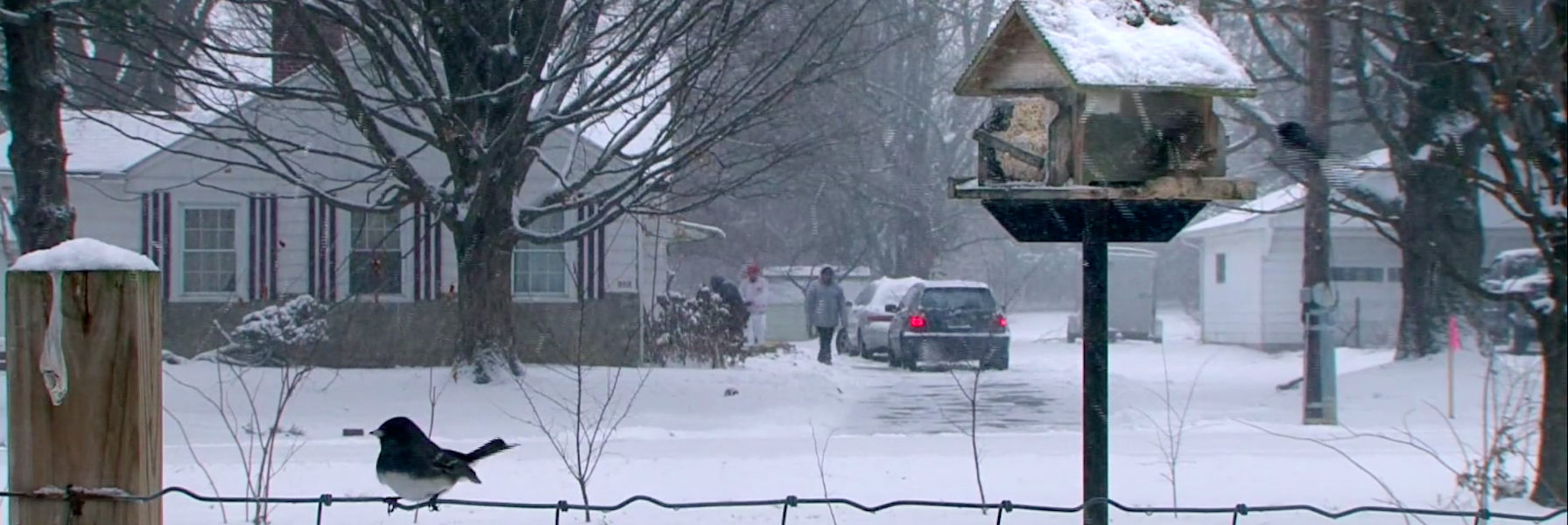1) Juncos are "backyard birds" for millions of North Americans
So often nature and science films focus on exotic organisms in far-off tropical rainforests, polar icecaps, or deep ocean reefs. We love these shows too! But we wanted people to realize that exciting biology, including evolution, is happening every day in their own backyards.
Juncos are among the most common and most abundant “backyard birds” found across North America, and they are easily observable by millions of people daily. Depending on where you live, chances are you can see or hear a junco on your way to work or school during either summer, winter, or both.

2) Juncos exhibit stunning diversity and rapid evolution
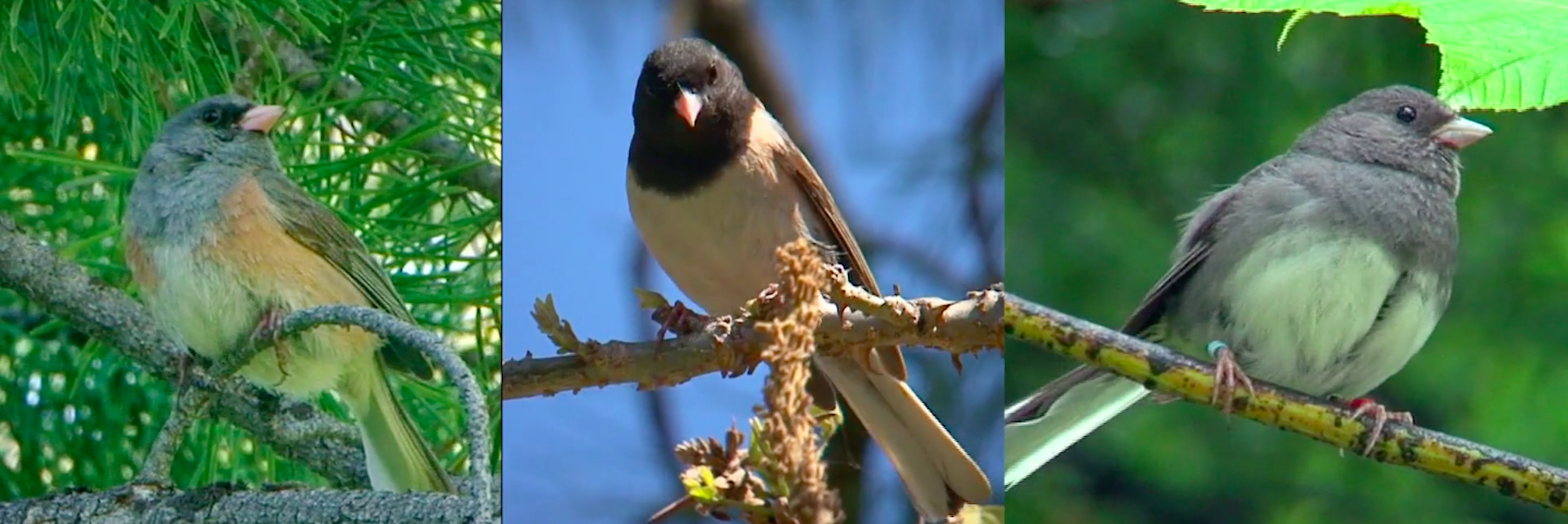
Despite the fact that they are abundant and common across much of North America, birds of the genus Junco also exhibit stunning diversity in feather color, body shape and size, and behaviors among the various species, subspecies, and races across their range.
Recent research highlighted in the film indicates that this diversity likely emerged very rapidly and very recently, as juncos re-colonized North America after the most recent ice age. This rapid diversification among junco groups is similar to Darwin’s finches in the Galapagos Islands or the Cichlid fishes in Africa–but it’s happening across the backyards and parklands of millions of North Americans. As you will notice in the film, some juncos live in pretty remote and exotic locations, too, so there is a lot of variety highlighted among the birds, their habitats, and the researchers who study them.
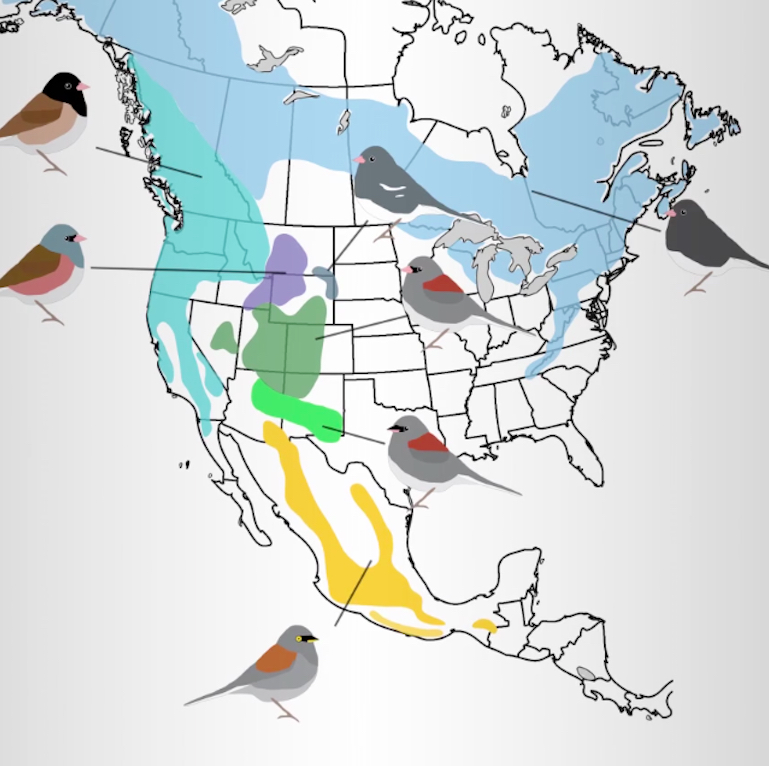
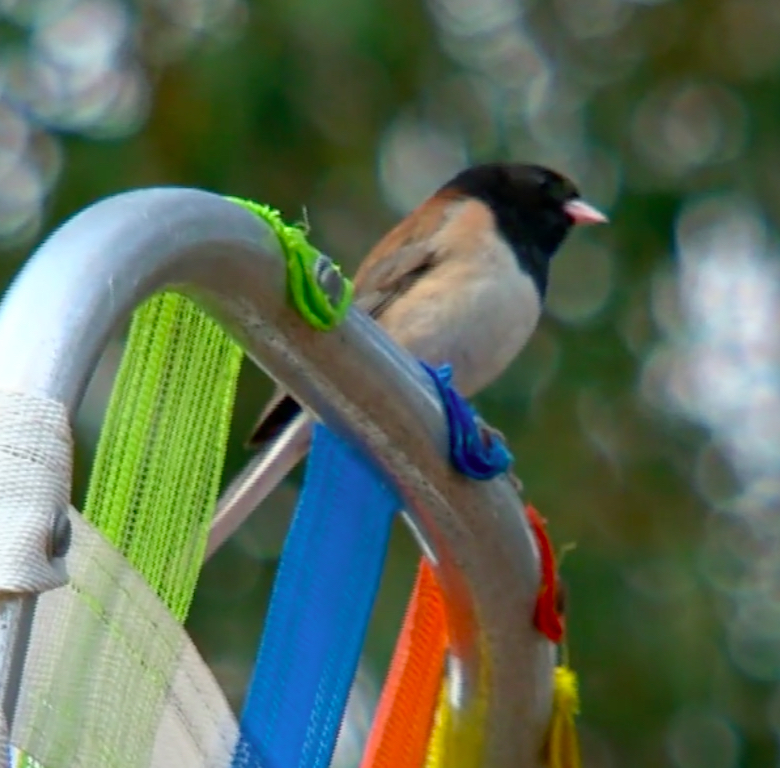
3) Juncos are “rockstars” in science—past, present and future
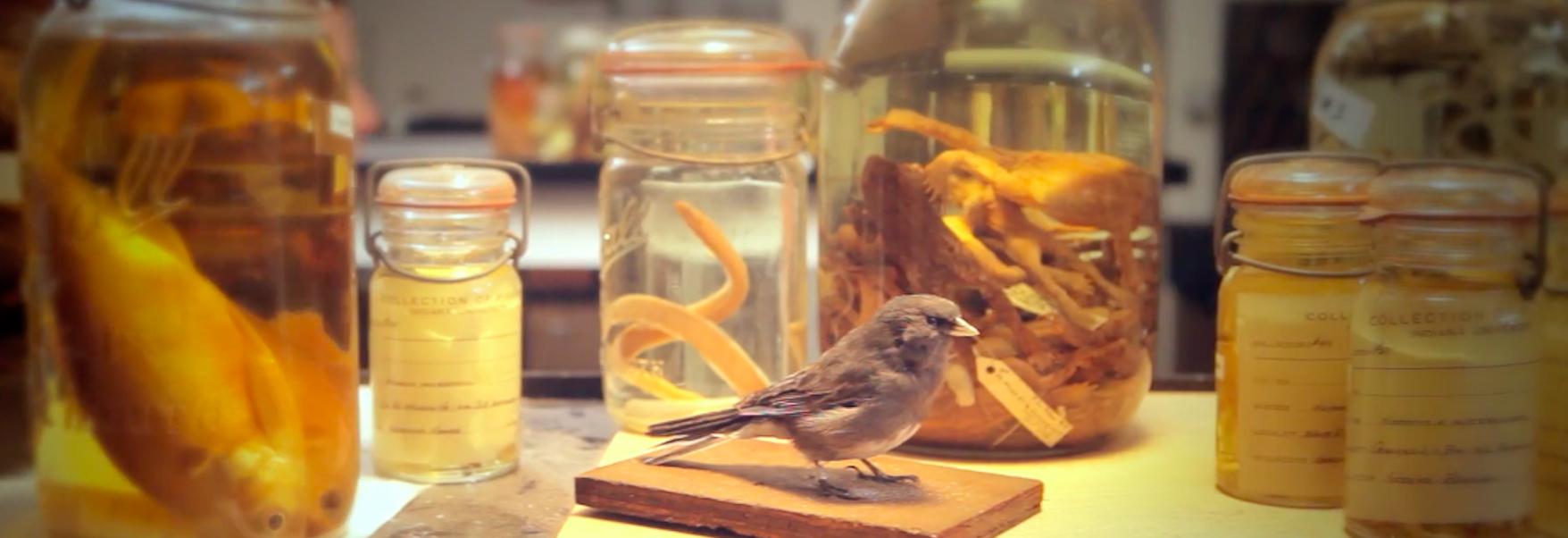
Even avid birdwatchers or ornithologists who know the different juncos well may not realize that for scientists that study topics as diverse as migration, hormones, neuroscience, evolution, ecology, and disease ecology, the Junco is an iconic study organism. For more than 100 years, juncos have been a key research subject, in part because of their abundance and their habit of foraging and nesting on the ground, as well as the fact that they thrive in captivity.
Not only are Juncos common, abundant, diverse, and found locally as well as in exotic locales–they have also played a starring role in a wide array of scientific discoveries—past, present, and future!


